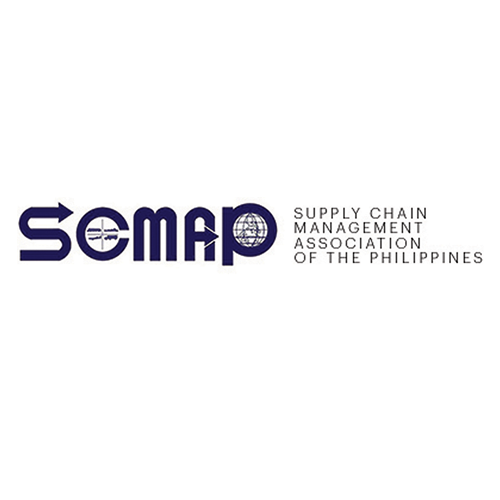Last week we held our kick-off event for the year, our annual Supply Chain Outlook, at the Westin Manila in Mandaluyong City. We thank everyone who took part, from industry friends and colleagues to new members and sponsors alike.
As with previous years, it was an opportunity to take stock of what lies ahead for the Philippine supply chain sector. We have done this event for many years but only in the last three years or so did we feel the weight of discussing what truly lies ahead, thanks (or no thanks) to the uncertainties brought about by the pandemic. As our friend Ronilo Balbieran put it, COVID-19 made irreversible damage to the global economy, and we have to think of truly innovative ways to make up for lost time and regain the growth and opportunities we had lost in 2020 and beyond.
It was also an opportunity to hear again from one of SCMAP’s most indefatigable partners in government, the newly-promoted DTI undersecretary Mary Jean Pacheco. I was particularly curious as to how her new position leading the agency’s regional operations would further her work in supporting the logistics sector, work that she had embraced full-on since being named assistant secretary of the then Competitiveness and Ease of Doing Business Group in 2016. Imagine my excitement when I saw her first slide: “adopting a supply chain lens”.
I can personally feel that. When I assumed my current position in SCMAP I made it one of my aims to present issues affecting the country, particularly economic ones, through a supply chain lens. I figured it was one of the best ways to raise awareness of the importance of our sector to a wider audience, as well as to highlight challenges and opportunities that don’t affect just our profitability, but also our ability to add value to the rest of the economy. I have always been outright about my lack of supply chain operations knowledge – I also stand of the shoulders of the many industry leaders that have lent their expertise to the cause – and I felt being able to present their insights in a way that highlights its wider relevance is the best way forward.
Well, here’s another student of the expertise of industry leaders making her own way. After being instrumental in the crafting of the country’s e-commerce strategy and – perhaps most critically – bringing together different industry associations, representing different sectors across the supply chain, in one room, Usec. Jean is now applying the supply chain lens to various regional industry roadmaps, in a bid to both elevate local industries and provide a further boost to the national economy. This comes in handy as the current administration seeks to improve food security and self-sufficiency, as well as to bring prosperity to other parts of the country.
And the elements are there. As Prof. Roni put it, the work to elevate the regions economically continues, but participation in our increasingly digital consumption-driven economy is hampered by limited infrastructure, particularly in rural areas. As the Philippine Retailers Association’s president Bobby Claudio reminds us, the retail sector continues to expand, with new retail formats – particularly convenience stores and supermarkets – entering small towns. The appetite is there. The question is, how can we truly include everyone in this growth?
So why the supply chain lens? We at SCMAP have always maintained that supply chain is the backbone and lifeblood of any business – and indeed, the backbone and lifeblood of any economy. At the most basic level, it determines how and when our customers receive the products they want, in what condition and at what price. This is determined by many factors: how we plan for anticipated demand, how we mobilize available resources, how we manufacture our products, how we design our transport and delivery networks. You can apply that to most issues that impact now just our economic performance but our quality of life. Take the perennial issue of rice. How do we improve the productivity of our farmers? How do we make sure rice gets to our stores (and our stomachs, ultimately) in the best condition and at the best price? How do we reduce our reliance on imports?
Of course, this isn’t just the work of one government agency. If there’s a way to make all of government truly understand this much-vaunted “all of government” approach, it is by looking at problems through a supply chain lens. After all, supply chain is the coming together of various functions within a company – market research, demand planning, procurement, production, distribution, sales and marketing – working towards common goals and finding common ground. The DTI is not the only agency that can tackle supply chain issues. We know of how the Department of Public Works and Highways enables infrastructure development, or how the Department of Transportation defines the transport networks we use, or how the Department of Agriculture uplifts the main sources of our raw materials for food and agricultural products. To state the very obvious, working together – government and private sector – is a must.
Henrik Batallones is the marketing and communications director of SCMAP, and editor-in-chief of its official publication, Supply Chain Philippines. More information about SCMAP is available at scmap.org.
PREVIOUS COLUMN: Chicken and Egg






